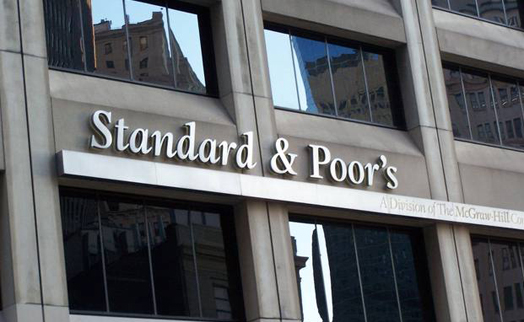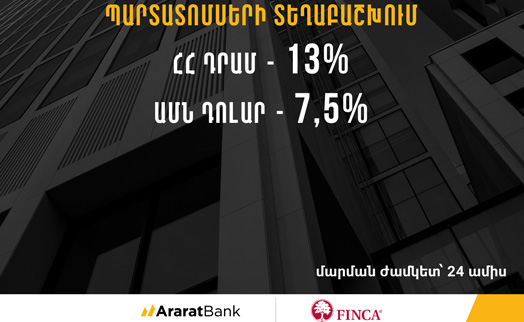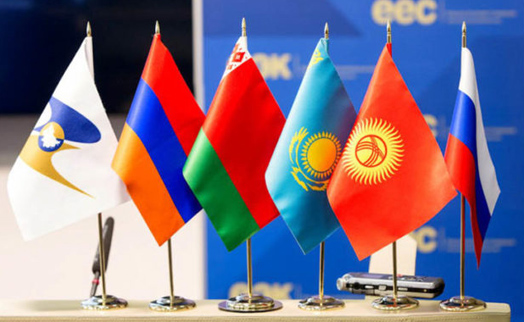YEREVAN, November 10, /ARKA/. Running against the tide, the currencies of Armenia, Georgia, and Tajikistan have been steadily appreciating over the course of 2022, according to S&P report.
It says exchange rates of these currencies are now significantly above their levels prior to the Russia-Ukraine conflict and among the strongest performers across emerging markets so far this year,.
Most other emerging market currencies have depreciated across the board because of the global tightening of financing conditions and worsening current account balances, owing to the commodity price shock after the start of the Russia-Ukraine conflict.
Currencies of energy importers have been hit the most, due to surging oil and gas prices and the subsequent shock to their terms of trade. The exceptions are a few economies in Latin America such as commodity exporting Brazil and Peru, as well as Mexico whose currencies have appreciated in the year to Oct. 31, 2022.
Central Asian and Caucasus economies have experienced a massive influx of people from Russia, who fled the country after the start of Russia-Ukraine conflict.
Exact data is not available, but estimates point to about 150,000-300,000 who fled Russia from February to mid April, with most now residing in Central Asia and the Caucasus, Turkey, and the EU.
A significant number of these people are IT specialists, who currently work remotely or have relocated with entire IT companies.
For example, roughly half of the 1,700 companies from Russia, Belarus, and Ukraine that registered in Armenia since the beginning of the war are in the IT sector, according to Armenian officials.
Border crossings indicate that some people have returned to Russia in June-August, with a significant number remaining, however. As a result, money transfers from Russia to these countries have skyrocketed .
After dropping in early March, the Armenian dram and Georgian lari have rallied about 30% and 20% against the U.S. dollar, respectively. Surging financial transfers from Russia have supported balance of payments in these economies.
The massive influx of people from Russia has also boosted domestic demand, pushing up GDP in Armenia and Georgia by 13.1% and 10.3%, respectively, in the first half of the year–far above early-2022 market expectations.
The effect from increasing money transfers for Kazakhstan and Uzbekistan was smaller, given relatively larger size of these economies with the respect to total amount of transfers. For example, remittances account for around 1% of GDP in Kazakhstan, compared with around 25% GDP in Tajikistan.
After Russia announced a mobilization, more people left the country than in February-April, according to officials in receiving countries. According to Georgia’s ministry of internal affairs, 78,000 Russian citizens crossed the border with Georgia from the Sept. 21 announcement of the mobilization through Oct. 4.
The minister for interior affairs of Kazakhstan counted more than 200,000 Russian citizens crossing the border into the country in the two weeks after mobilization (of which 147,000 then transited to other countries).
According to Uzbek authorities, 78,000 people from Russia entered Uzbekistan in September. Therefore, we believe the upward pressure may continue on the exchange rates of Central Asian and Caucasus economies–with some provisos.
Some factors supporting these exchange rates earlier in 2022 are not in play anymore: The tourist season has now ended in Georgia, where tourism export revenues account for about one-quarter of GDP.
Energy prices have moderated from their early-2022 peaks, with Kazakhstan a major net energy exporter and Uzbekistan a natural gas exporter. In addition, tensions between Kyrgyzstan and Tajikistan as well as between Armenia and Azerbaijan may exert downward pressure on exchange rates of these currencies.-0-








